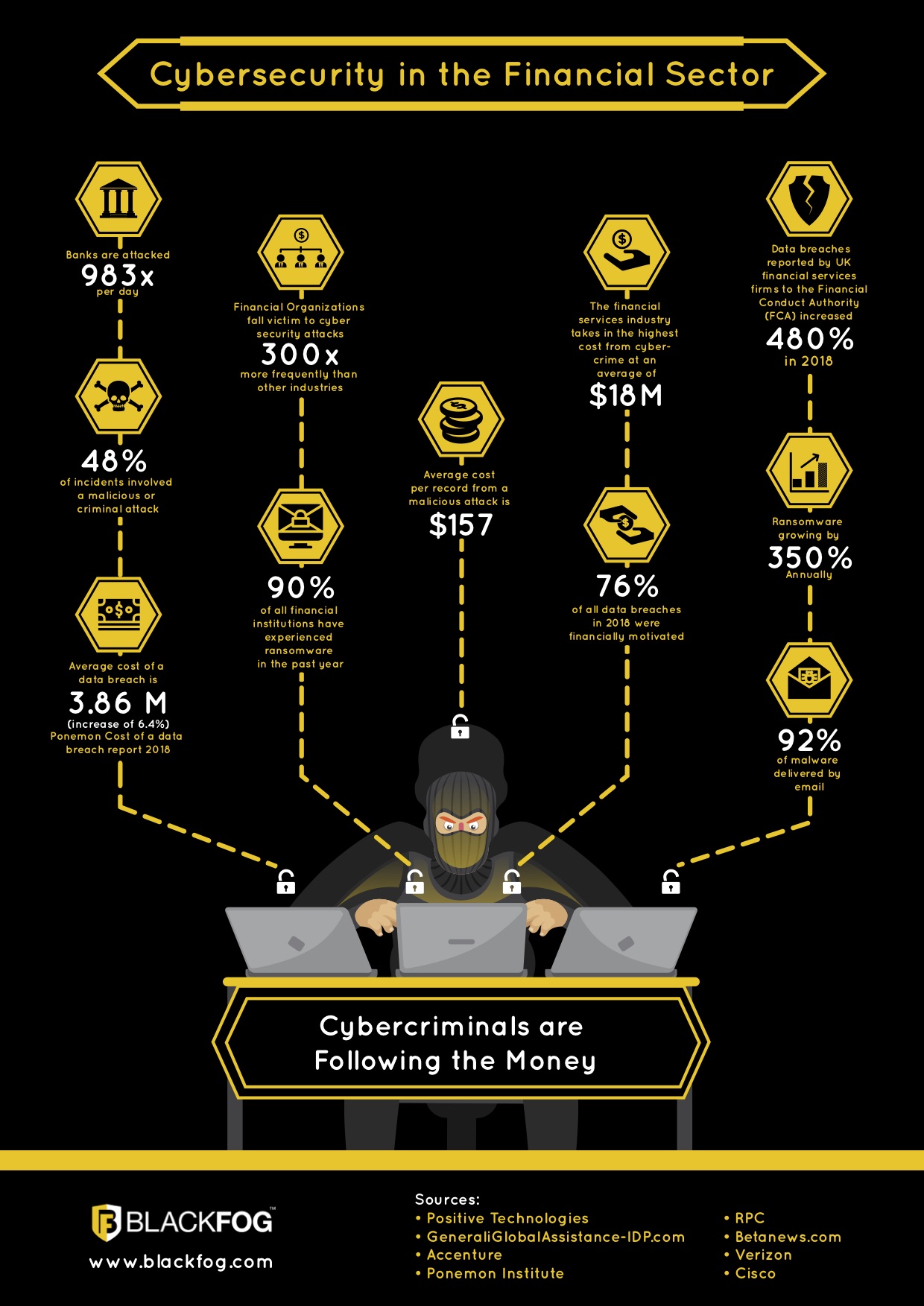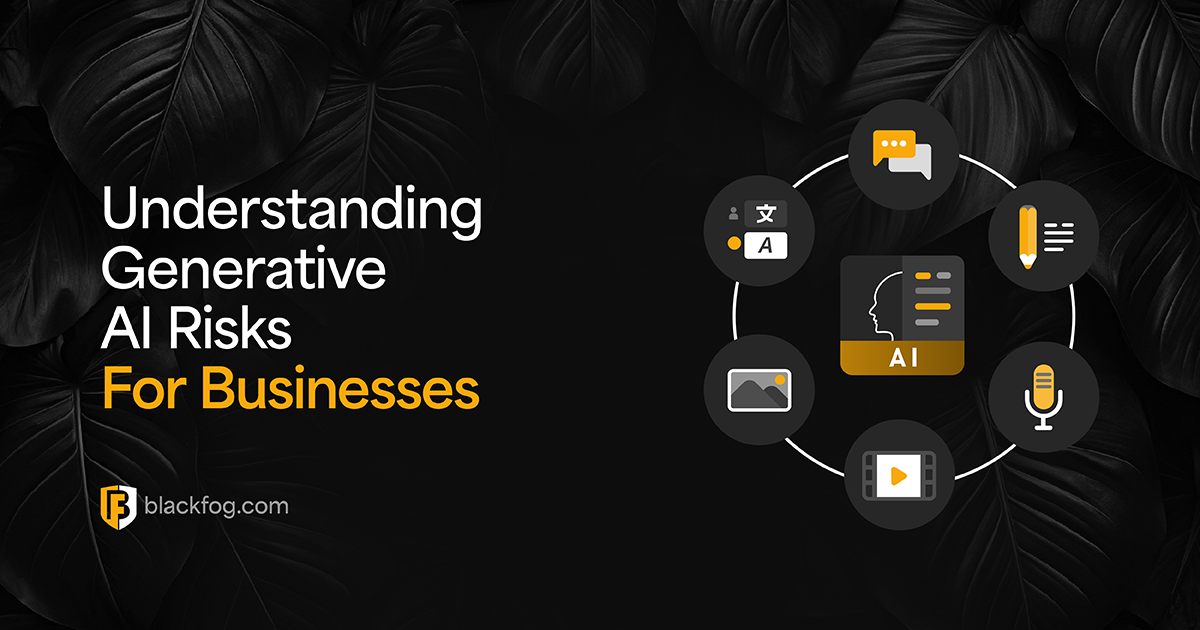
Cybercriminals are increasingly targeting the banking and finance industry
Cybercrime is a lucrative business and the banking and finance industry is under relentless attack from hackers. As cybersecurity attacks continue to grow in both sophistication and frequency and financial services firms become increasingly reliant on customer data and technology to run their businesses, staying one step ahead of cyber criminals is critical.
Ransomware remains the tactic of choice
With more than 90% of financial institutions targeted by a ransomware attack in 2017, it’s clear that ransomware is still the tactic of choice for cybercriminals. With financial gain being the primary motivation for cybercriminals, it’s not surprising that banking and finance organizations are a regular target.
Cybersecurity challenges in banking and finance
- Banking and finance remain a top target for ransomware and malware. Verizon reported that 76% of all data breaches in 2017 were financially motivated.
- Customers are reliant on electronic banking to complete transactions so financial institutions have developed more mobile apps and web portals. This has increased their exposure and risk to cyberattack.
- Mobile banking threats include mobile malware, third-party apps, unsecured Wi-Fi networks, and risky consumer behaviour.
- The financial institution owns the risk, whether or not the institution uses a proprietary or third-party mobile banking application.
- Security breaches can lead to lost revenue, reputational damage, regulatory fines and interruption to operations.
- Maintaining GDPR compliance and mitigating the risk of regulatory fines.

So, how do banking and finance leaders mitigate the risk?
Lots of cyber security solutions can tell you when a breach or attack has taken place and data has been lost. BlackFog stops it from happening in the first place.
BlackFog fills the gap between security solutions that focus on preventing access through intrusion detection systems, such as Firewalls and Anti-Virus/ Malware solutions that remove known infections after they have been discovered. Consisting of multiple layers of defense, BlackFog protects against ransomware, spyware, malware, phishing, unauthorized data collection and profiling.
Prevention is the best form of defense
Cyberattacks and data breaches are inevitable, especially in the banking and finance sector and hackers will find their way in, but with a preventative approach to cybersecurity these threats can be eliminated before the damage is done. Gartner estimates that companies globally could incur $10.5 trillion in costs and lost revenue over by 2025 due to cyberattacks, so all businesses, particularly those in the financial sector simply must prioritize cyber defense.
Benefits for banking and finance
- Prevents cyberattacks before they happen
- Data protection
- GDPR / regulatory compliance
- Privacy
- Cyberattack prevention
- Data breach protection
BlackFog prevents
- Data leaks
- Ransomware
- Hacking
- Identity theft
- Dark Web
- Data profiling
- Phishing
Share This Story, Choose Your Platform!
Related Posts
What Enterprises Need To Know About Artificial Intelligence Privacy Concerns
The use of generative AI in the workplace gives rise to a range of Artificial Intelligence privacy concerns. What do cybersecurity leaders need to know when adopting these tools?
Answering Key GenAI Security Questions: Are ChatGPT Conversations Private?
Do you know how private your ChatGPT conversations really are? Here's what cybersecurity pros and IT admins should know about the tool.
Does ChatGPT Store Your Data? What Every Business Needs To Know
Understanding how tools like ChatGPT store your data is critical for the secure use of GenAI - here's what to know.
Why Enterprise ChatGPT Isn’t A Silver Bullet For AI Security
What cybersecurity considerations should businesses take into account if they plan to adopt Enterprise ChatGPT as a generative AI tool?
Could An OpenAI Data Breach Expose Your Firm’s Secrets?
Have you considered what damage an OpenAI data breach could potentially do to your business?
Understanding Generative AI Risks For Businesses
What generative AI risks will businesses need to be mindful of in the coming year to prevent issues such as data leakage, inaccurate results or compliance challenges?






